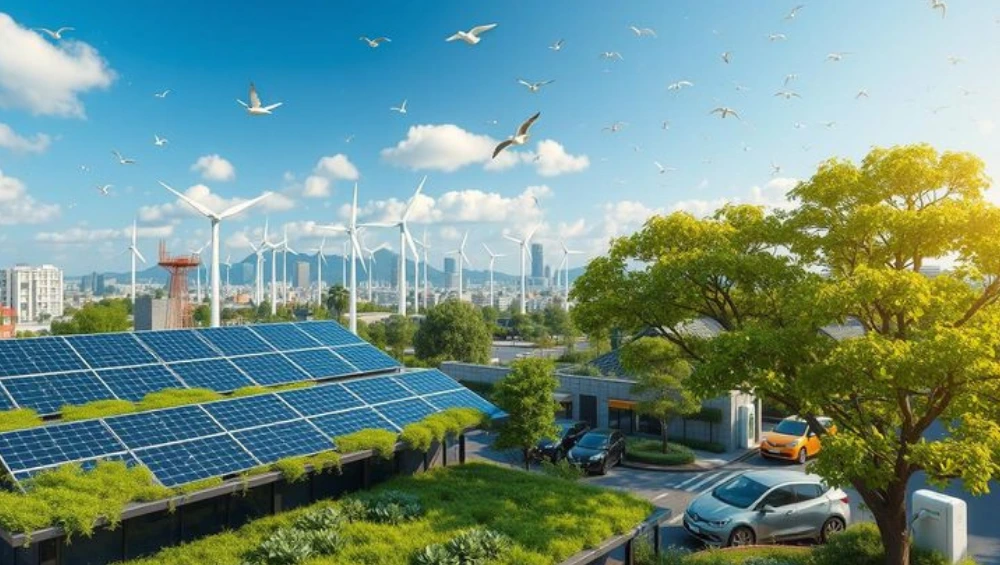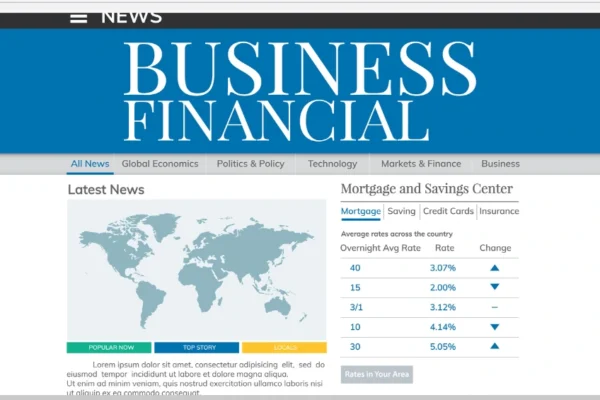As we step deeper into an era of climate awareness, ethical consumerism, and corporate accountability, the business world is undergoing a radical transformation. The demand for sustainability is no longer a niche — it’s a mainstream expectation. At the heart of this shift are sustainable business models, which prioritize long-term environmental, social, and economic health over short-term profits.
In 2025, these models are not just “nice to have” — they are defining competitive advantage. From small startups to global conglomerates, companies across industries are integrating sustainability into their core strategies. This article explores the rise of sustainable business models in 2025, the forces driving their growth, and how they’re reshaping the future of commerce.
What Are Sustainable Business Models?
Sustainable business models are frameworks that incorporate environmental and social considerations into their value creation, delivery, and capture. Unlike traditional models that focus solely on maximizing profit, sustainable models balance people, planet, and profit — the triple bottom line.
Key characteristics of sustainable business models include:
-
Circular economy principles (reduce, reuse, recycle)
-
Carbon-neutral or carbon-negative operations
-
Ethical sourcing and fair trade
-
Renewable energy integration
-
Transparent supply chains
-
Social impact initiatives
These models aim to ensure that economic growth does not come at the expense of future generations or the health of the planet.
Drivers Behind the Shift in 2025
Several global trends are accelerating the adoption of sustainable business models in 2025:
1. Consumer Demand for Sustainability
Today’s consumers are more informed and values-driven than ever. Surveys consistently show that buyers — especially Gen Z and millennials — prefer brands that take a stand on sustainability and ethics. In fact, a 2024 NielsenIQ report revealed that 73% of global consumers would change their consumption habits to reduce environmental impact.
Companies embracing sustainable business models are gaining customer trust, loyalty, and even charging premium prices for ethical products.
2. Regulatory Pressures
Governments worldwide are tightening environmental regulations. Carbon reporting, supply chain transparency, and waste reduction mandates are pushing companies to adopt sustainable practices.
For example, the European Union’s Corporate Sustainability Reporting Directive (CSRD) requires large companies to disclose environmental and social data. In response, many organizations are redesigning their business models to comply and stay competitive.
3. Investor Expectations
Environmental, Social, and Governance (ESG) investing has skyrocketed. In 2025, institutional investors are prioritizing companies with strong sustainability strategies. Sustainable business models are now seen as indicators of long-term resilience and reduced risk — attracting capital from forward-thinking investors.
Real-World Examples of Sustainable Business Models in 2025
Let’s explore some companies leading the way with innovative sustainable practices.
1. Patagonia (USA)
Patagonia’s commitment to environmental activism and product longevity is a textbook example of a sustainable business model. The company repairs old products, uses recycled materials, and donates a significant portion of profits to environmental causes.
2. Too Good To Go (Denmark)
This food-tech startup tackles food waste by connecting consumers with surplus food from restaurants and stores at discounted prices. Their app is now active in over 20 countries, showcasing how tech can power sustainability.
3. IKEA (Sweden)
By 2025, IKEA has committed to becoming climate positive, using renewable energy in production, designing circular products, and offering furniture buy-back programs.
These companies show how sustainable business models can drive innovation, attract loyal customers, and scale profitably.
Types of Sustainable Business Models
Sustainable business models can take various forms depending on industry, goals, and stakeholder engagement. Some of the most common types include:
1. Circular Economy Model
This model focuses on eliminating waste and making the most of resources. Products are designed for durability, reuse, remanufacturing, and recycling.
Example: Clothing brands offering take-back programs and resale platforms.
2. Sharing Economy Model
Instead of owning, consumers access services temporarily. This reduces overproduction and underutilization of resources.
Example: Car-sharing platforms or co-working spaces.
3. Product-as-a-Service (PaaS) Model
Companies retain ownership of the product and offer it as a service. This incentivizes maintenance, longevity, and recycling.
Example: Philips offering lighting-as-a-service to businesses.
4. Inclusive Business Model
Focused on improving livelihoods by integrating low-income communities into value chains as producers, consumers, or partners.
Example: Social enterprises sourcing from smallholder farmers or artisans.
Technology’s Role in Scaling Sustainable Business Models
In 2025, technology will act as a powerful enabler for sustainable business models. Here’s how:
1. Artificial Intelligence (AI) & Big Data
AI helps optimize energy usage, predict supply chain risks, and personalize sustainable product recommendations. Data analytics enable businesses to track and report their sustainability KPIs more accurately.
2. Blockchain for Transparency
Blockchain is being used to verify ethical sourcing, trace products across supply chains, and build consumer trust.
Example: A coffee company using blockchain to show where beans were grown and whether farmers were paid fairly. For deeper insights, the Ellen MacArthur Foundation offers case studies and resources on how businesses are adopting circular and sustainable strategies globally.
3. Renewable Energy & Smart Grids
Businesses are investing in solar, wind, and energy storage technologies. Smart grids enable them to manage electricity usage more sustainably and cost-effectively.
Benefits of Adopting Sustainable Business Models
Implementing sustainable business models isn’t just about ethics — it’s a smart business decision. Here are the key advantages:
-
Brand Differentiation: Stand out in crowded markets
-
Cost Savings: Efficient energy and waste systems reduce operational costs
-
Customer Loyalty: Build stronger emotional connections with consumers
-
Regulatory Compliance: Stay ahead of environmental legislation
-
Investor Attraction: Appeal to ESG-focused capital
-
Innovation Boost: Sustainability drives creative problem-solving
Challenges in Implementing Sustainable Business Models
While the benefits are significant, adopting sustainable business models comes with hurdles:
-
High initial investment costs
-
Supply chain restructuring
-
Resistance to change from traditional stakeholders
-
Complex reporting and compliance requirements
-
Greenwashing risks that can erode trust if not addressed transparently
These challenges can be overcome with the right strategy, leadership, and stakeholder engagement.
Conclusion
The rise of sustainable business models in 2025 signals a fundamental shift in how companies operate, innovate, and grow. As the world faces urgent environmental and social challenges, businesses must do more than generate profits — they must become forces for good.
Sustainable business models are helping brands align their purpose with their profit, unlocking long-term value for stakeholders and the planet. From cutting-edge technologies to community-driven initiatives, the momentum is clear: sustainability is not a trend, but the future of business.
Companies that act now to embrace sustainable practices will not only gain a competitive edge — they’ll play a crucial role in building a more resilient, equitable, and sustainable global economy.








